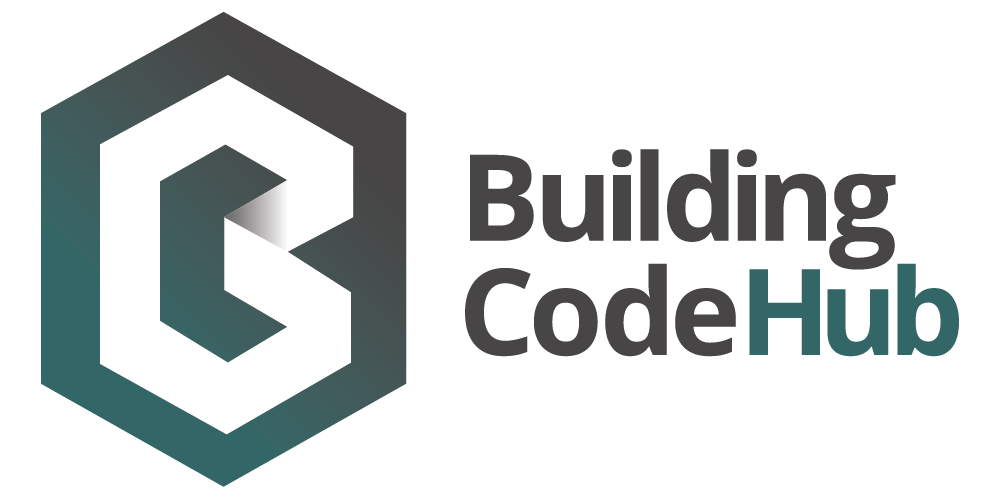Standard Methods for the Examination of Water and Wastewater - Part 5520: Oil and Grease (2017)
- Abbreviation
- Part 5520: Oil and Grease (2017)
- Version
- 23rd edition
- Valid from
- 1/01/2017
- Information provider
- IHS Markit,
- Author
- American Public Health Association, American Waterworks Association and Water Environment Federation
- Information type
- Other Standard,
- Format
- HARD COPY,
Description
- The first is the partition-gravimetric method (5520B).
- The partition-infrared method (5520C) is designed for samples that might contain volatile hydrocarbons that otherwise would be lost in the solvent-removal operations of the gravimetric procedure. It is the method of choice for low levels of oil and grease (<10 mg/L) because gravimetric methods do not provide the needed precision.
- The Soxhlet extraction method (5520D) is the method of choice when relatively polar, heavy petroleum fractions are present, or when the levels of nonvolatile greases may challenge the solubility limit of the solvent.
- Method 5520E is a modification of the Soxhlet method and is suitable for sludges and similar materials.
- The new 5520G can be used as an alternative to 5520B to reduce solvent volumes and matrix problems.
- Method 5520F can be used in conjunction with 5520 B, C, D, or G to obtain a hydrocarbon measurement in addition to, or instead of, the oil and grease measurement. It makes use of silica gel to separate petroleum hydrocarbons from the total oil and grease on the basis of polarity.
Scope
Analysts, researchers, and regulators have relied on this peer-reviewed publication since 1905. The trusted source of accurate, proven methodology for analyzing natural waters, water supplies, and wastewaters.
The 23rd edition of Standard Methods for the Examination of Water and Wastewater® contains over 400 laboratory methods for the analysis of:
- Dissolved Solids
- Metals
- Free and Total Chlorine
- Odor, Taste, and Flavor Profile Analysis
- Disinfection By-products
- Radionuclides
- Total Organic Carbon
- Total and Fecal Coliform
Laboratories worldwide rely on this comprehensive reference as the trusted source of accurate, proven methodology for analysis of water, water supplies, and wastewater. It is the essential resource for water analysis professionals.
The methods in the 23rd edition (as in previous editions) are believed to be the best available, generally accepted procedures for analyzing water, wastewater, and related materials. They represent the recommendations of specialists, ratified by a large number of analysts and others of more general expertise, and as such are truly consensus standards, offering a valid and recognized basis for control and evaluation. All methods are dated to identify which ones changed significantly between editions.
New in the 23rd edition
- Over 80 revised methods and 5 new methods added
- Extensive revisions to Microbiological Examination (Part 9000)
- New drinking water method to test for pharmaceuticals and personal care products
- New, more realistic, visuals to help identify aquatic organisms
- Revisions to Solids, Cyanide, Nitrate, Dissolved Oxygen, and Biochemical Oxygen Demand
This resource is cited by:
Standard Methods for the Examination of Water and Wastewater - Part 5520: Oil and Grease (2017)
This document is CITED BY:
-
AS/NZS 2280:2020
Part 5520: Oil and Grease (2017) is cited by AS/NZS 2280:2020 Ductile iron pipes and fittings
-
AS/NZS 4020:2018
Part 5520: Oil and Grease (2017) is cited by AS/NZS 4020:2018 Testing of products for use in contact with drinking water




